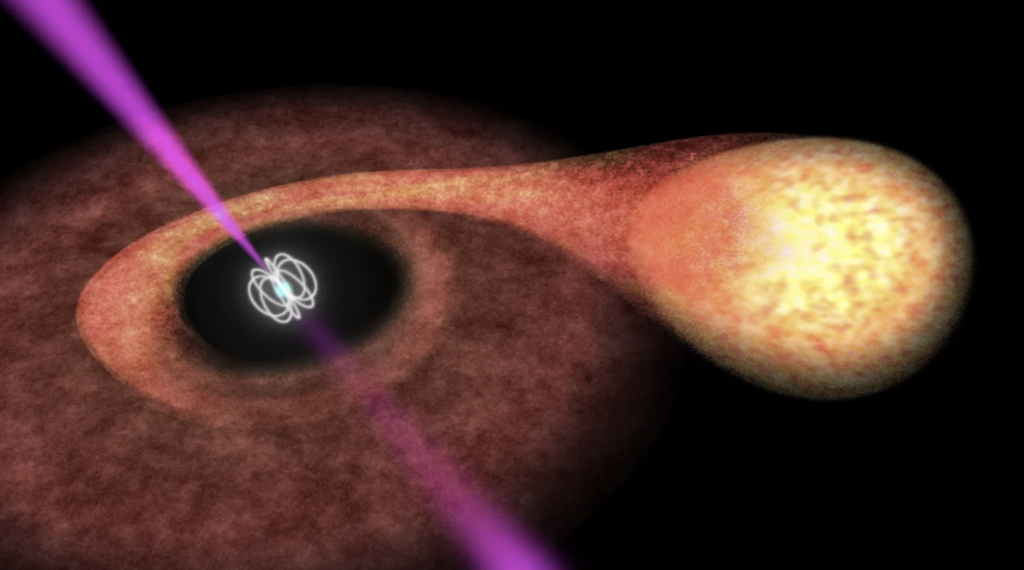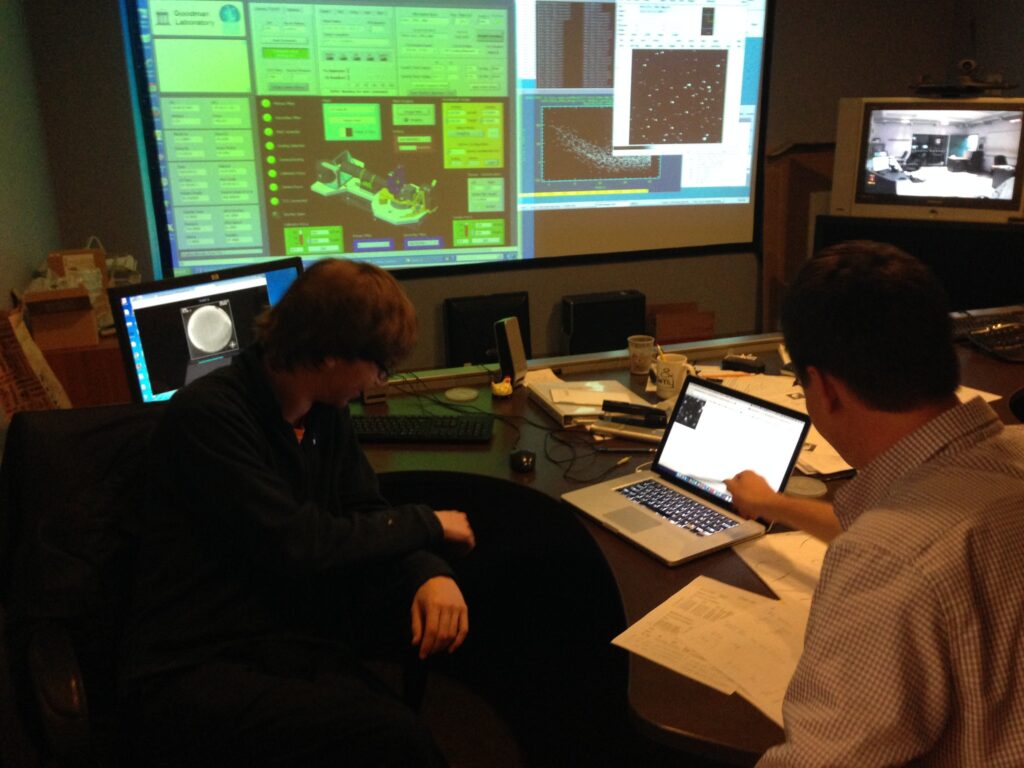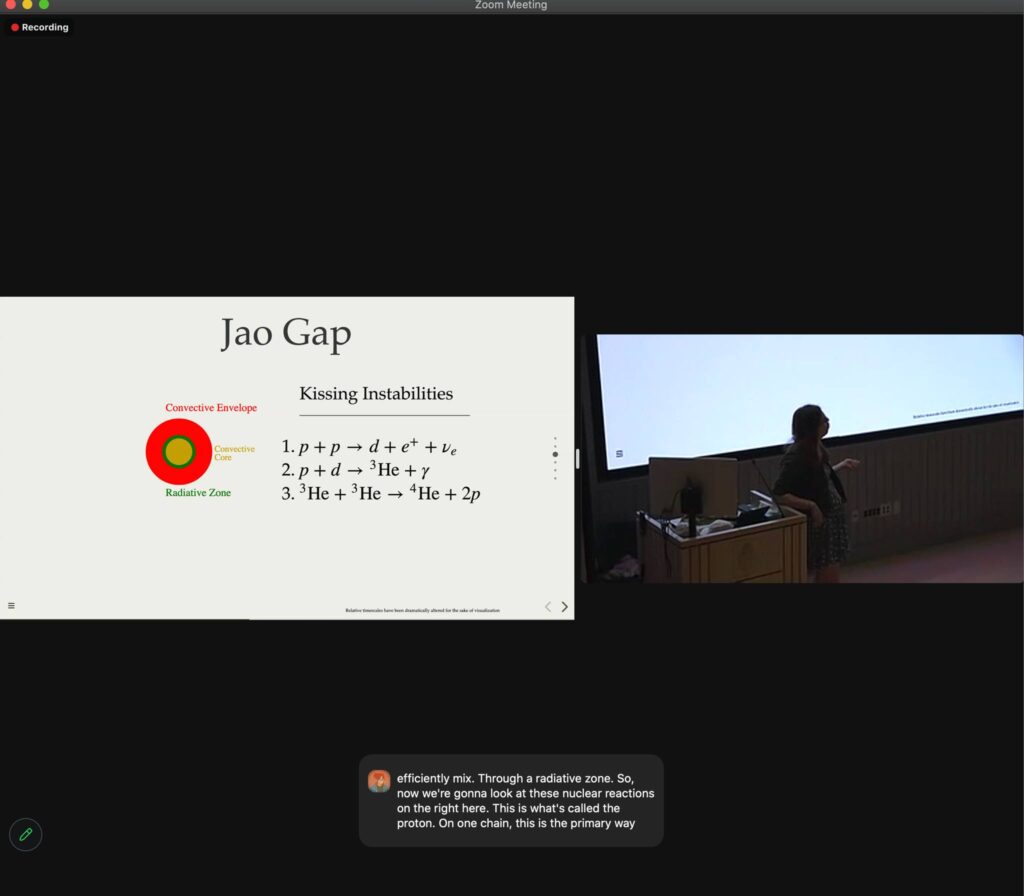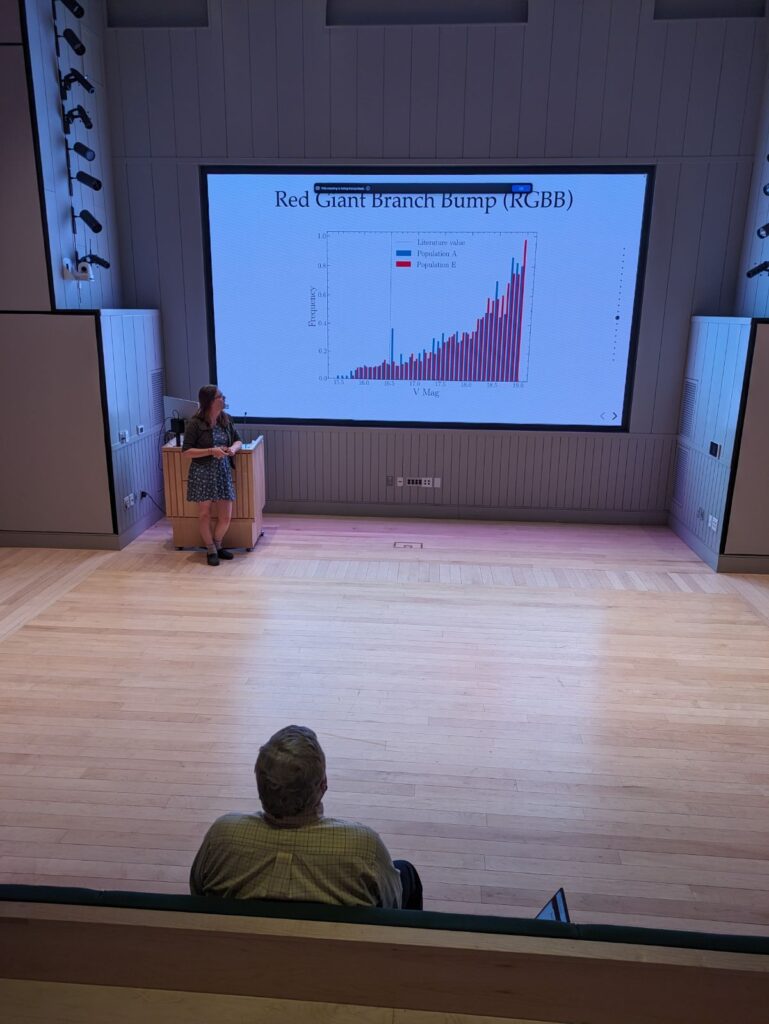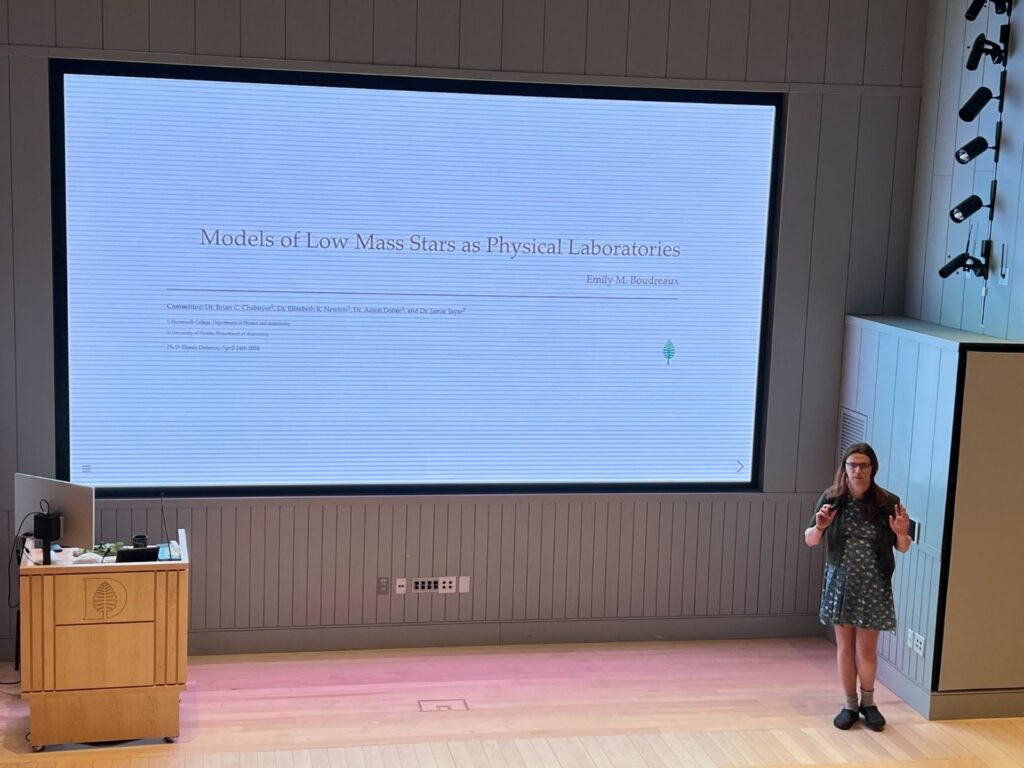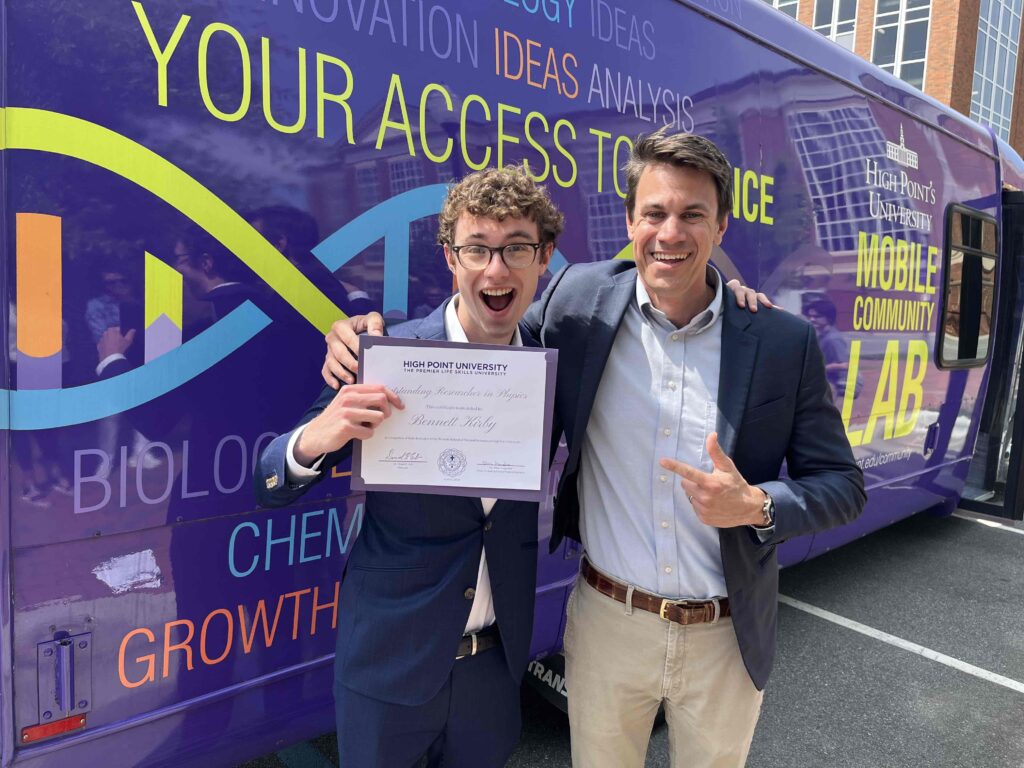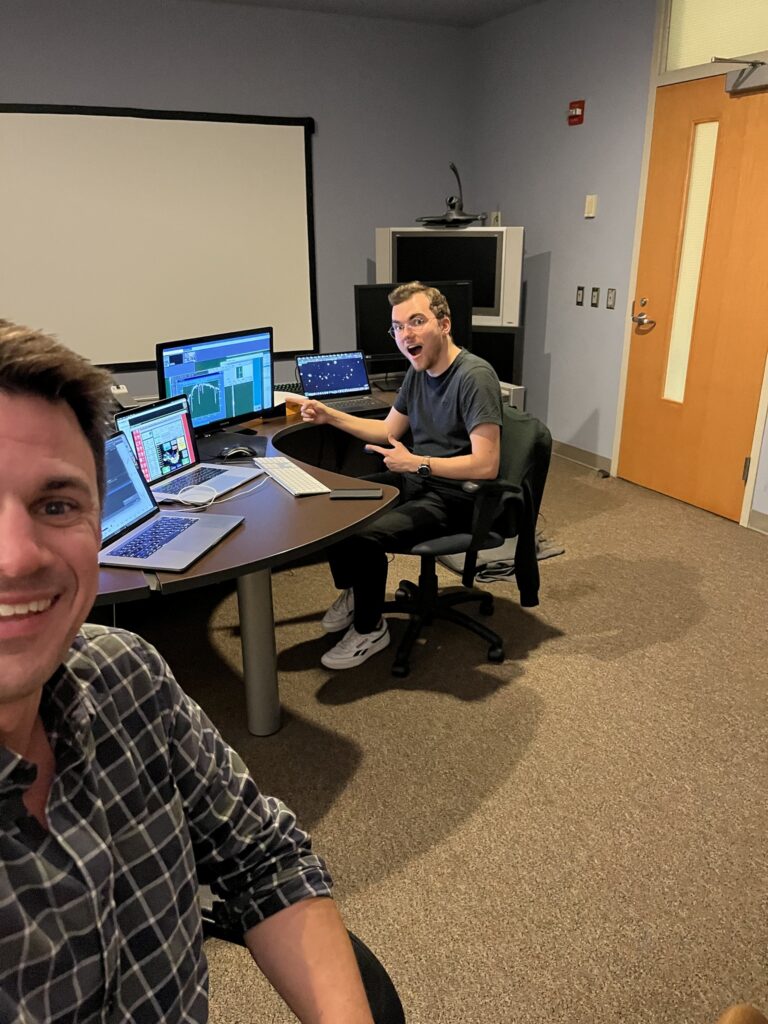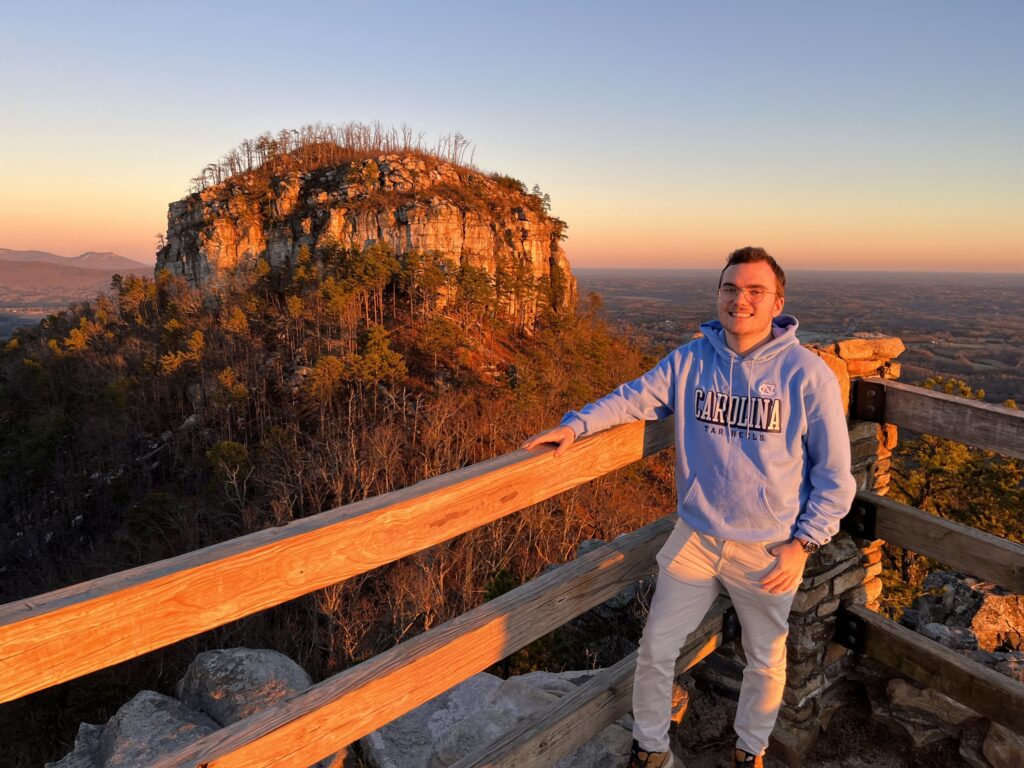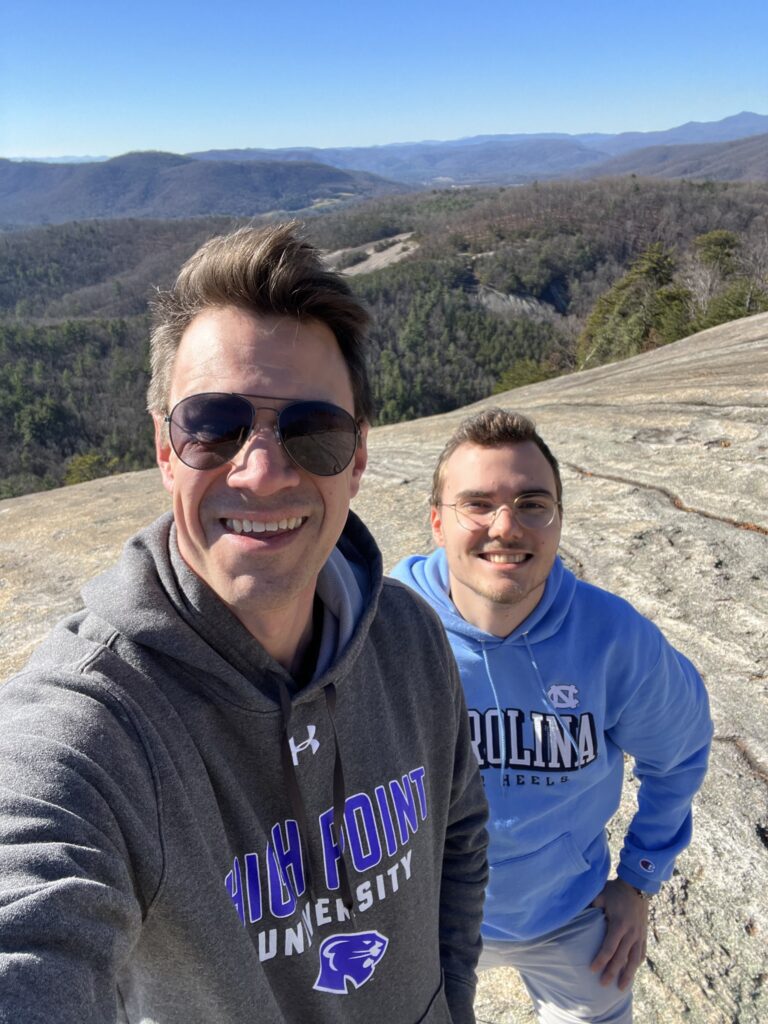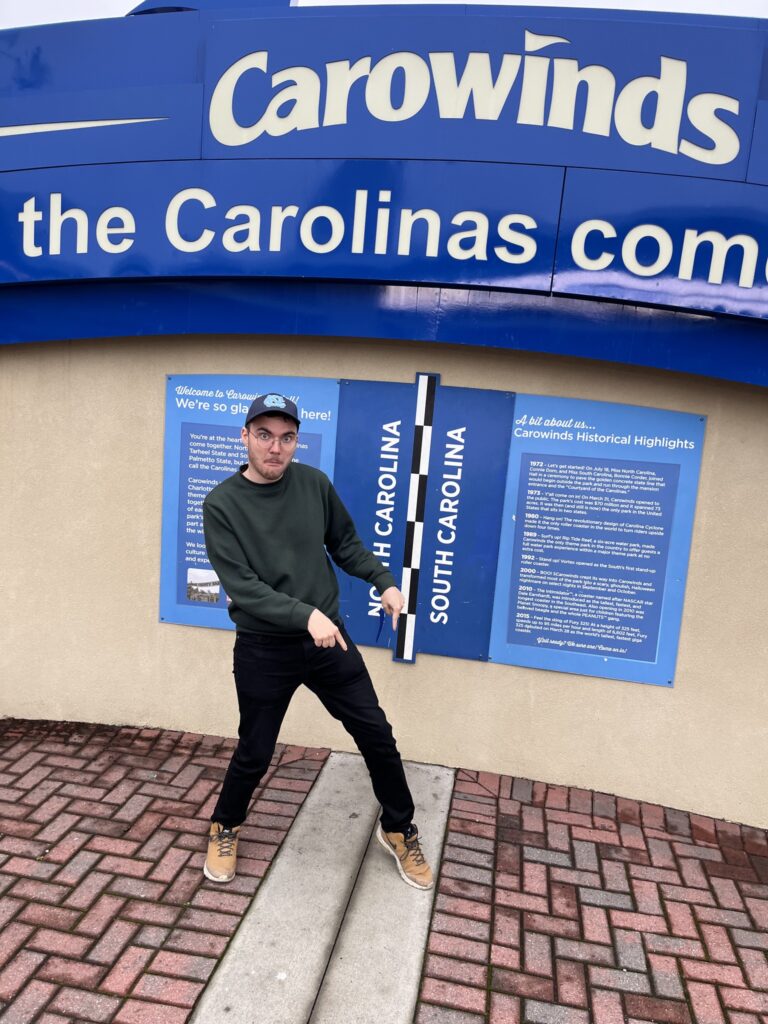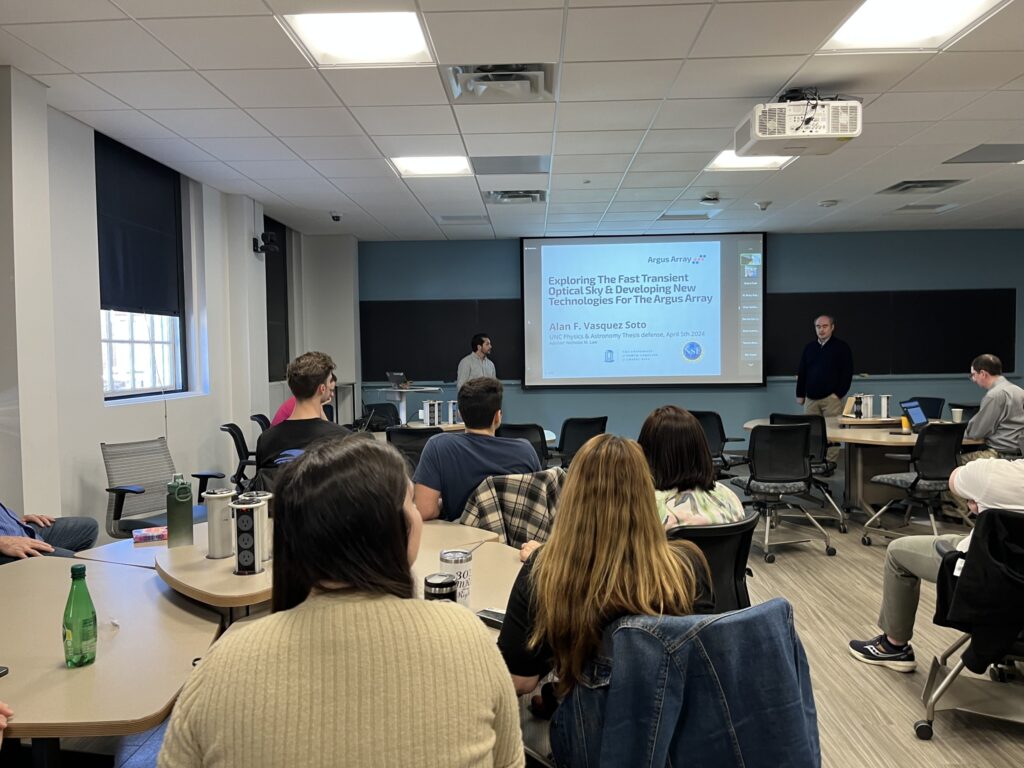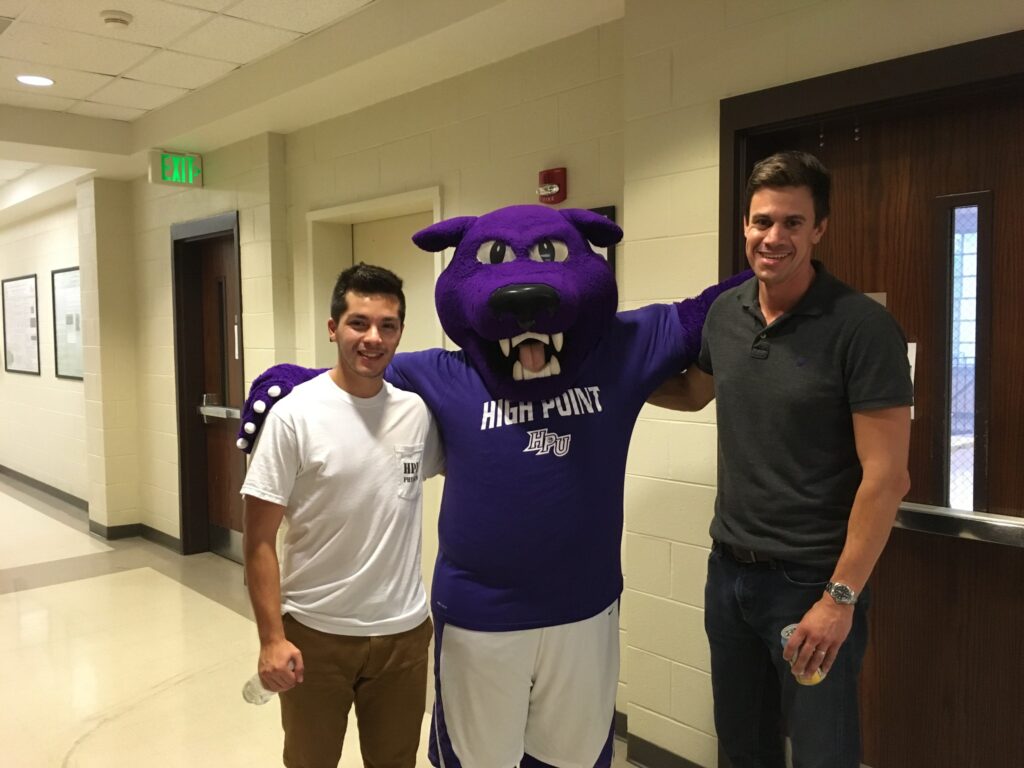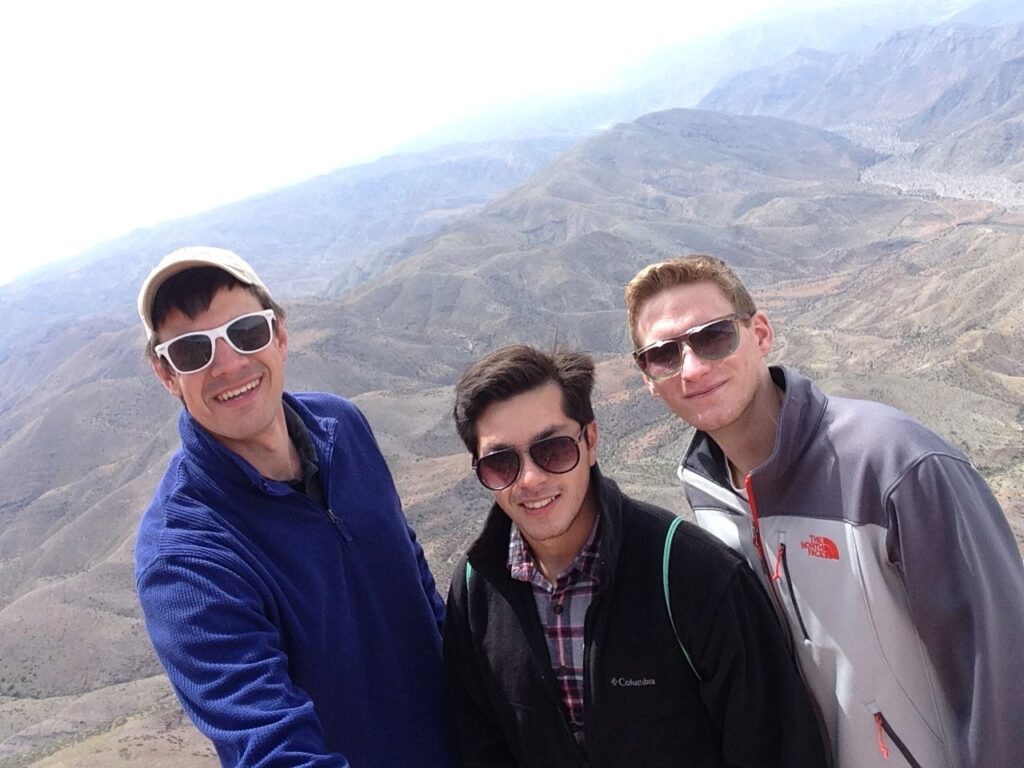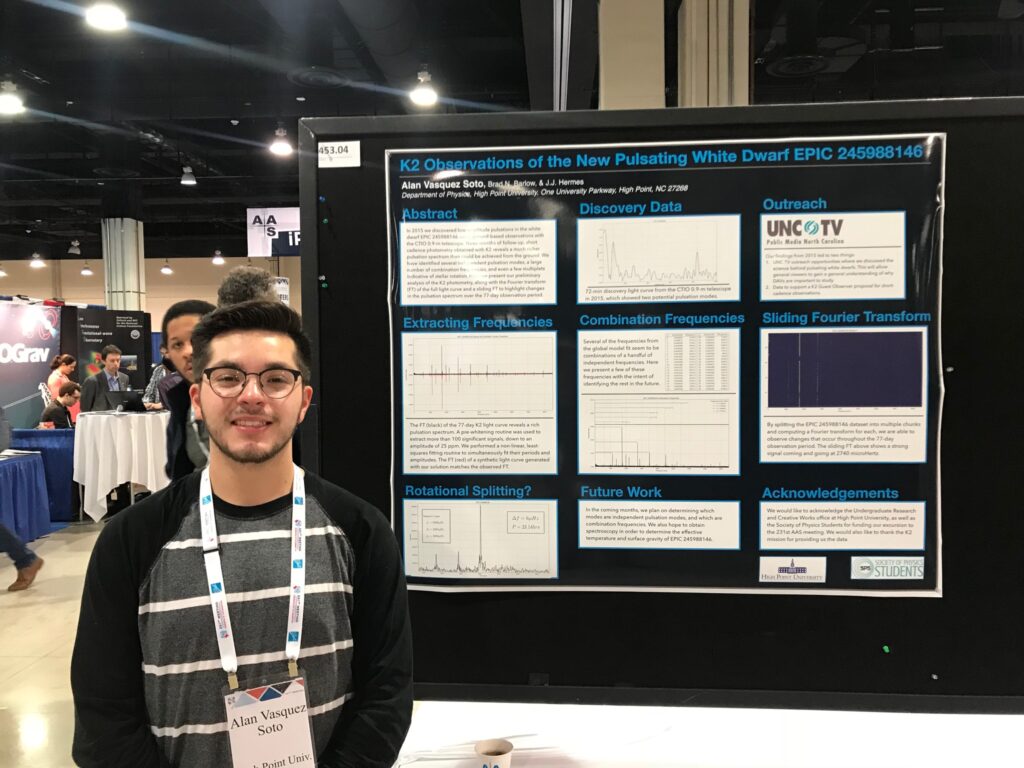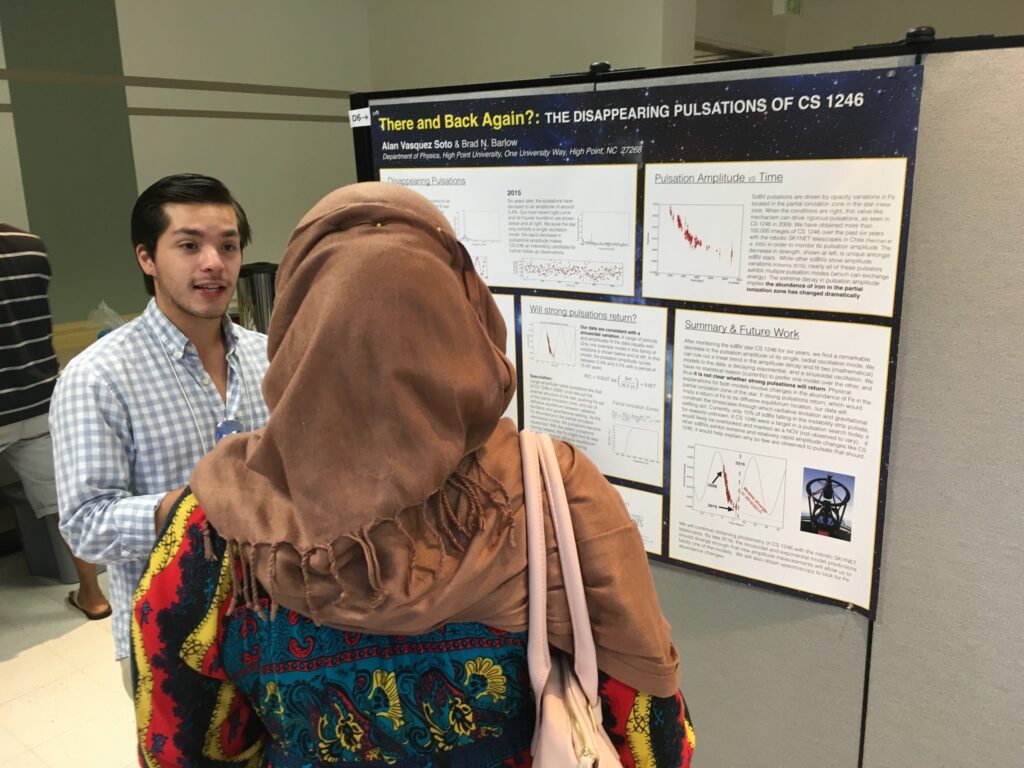Come work with us as a postdoc in our new research group! Click this link to apply. A complete job description follows.
Employee Type: Postdoc
Position Summary / Primary Purpose of Position:
The Department of Physics & Astronomy at the University of North Carolina Chapel Hill invites applications for a postdoctoral research scholar to work with Dr. Brad Barlow on numerous projects focused on hot subdwarfs, white dwarfs, and related objects. They will regularly acquire photometry and spectroscopy with the 4.1-m SOuthern Astrophysical Research (SOAR) telescope, reduce/analyze data from SOAR and other facilities, help Dr. Barlow advise undergraduate and graduate research projects, and prepare papers and proposals—among other tasks. The successful candidate will be encouraged to spend a fraction of their time on their own research, especially if such projects utilize data from SOAR. This appointment is for two years, and an additional year is possible contingent on performance and the availability of funding.
All questions regarding this position can be directed by email to Dr. Barlow at bbarlow@unc.edu.
UNC is the founding member of the SOAR consortium and receives an allocation of 61 nights annually on the highly subscribed telescope atop Cerro Pachon, Chile. UNC is also the lead institution for the future Argus Array extremely-wide-field 5m-class time-domain-survey telescope, the Skynet rapid-response array located on four continents, and the Evryscope all-sky survey. UNC has significant high-performance computing resources, including the 17,000-core Longleaf cluster optimized for I/O intensive workloads with dedicated GPU and large-memory partitions.
Applicants should submit the following as part of their application package:
1) a cover letter;
2) curriculum vitae with publication record;
3) a statement of research interests and experience (3-5 pages), including examples of independent projects they would carry out using SOAR data; and
4) contact information for three references.
Letters will only be requested from references once a candidate makes the short list and is invited for an interview. Application review will begin on Aug 1, 2024, and continue until the position is filled.
Minimum Education and Experience Requirements:
Ph.D. in physics, astronomy, or astrophysics.
Required Qualifications, Competencies, and Experience:
- A history of research and publications focused on hot subdwarfs, white dwarfs, or related objects
- Experience observing with SOAR/Goodman and reducing/analyzing data
- Strong programming skills in Python
- Excellent written and oral scientific communication skills
- Experience effectively mentoring students and working in a team environment
Preferred Qualifications, Competencies, and Experience:
- Experience running stellar evolution experiments in MESA
Work Location:
Chapel Hill, NC (remote work possible while successful candidate works on relocation)

